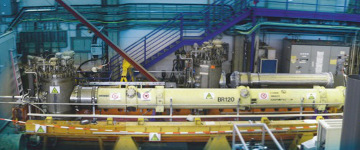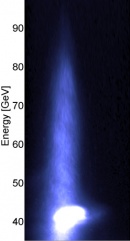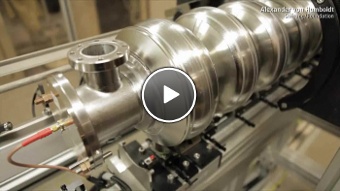Video of the week
Humboldt Professor Brian FosterBrian Foster, Global Design Effort European Regional Director, recently began his tenure at DESY and the University of Hamburg as a recipient of the Alexander von Humboldt professorship. View this seven-minute video to learn about his research plans at DESY, the University and for the ILC. |
In the News
-
from Physics WorldSeptember 2011China’s Institute for High Energy Physics is one of the world’s leading particle-physics labs and has just completed the first part of a major neutrino facility at Daya Bay in the south of the country. [read page 8]
-
from Physics Today15 September 2011But it was not until 2005 that the KamLAND collaboration reported the first detection of geoneutrinos. Now with five times as much data in hand the international collaboration has reported its first substantive geophysics result.
-
from physicsworld.com12 September 2011In a new collaboration the two activities are about to meet head on with the internationally renowned composer Edward Cowie teaming up with particle physicist Brian Foster and the violinist Jack Liebeck.
-
from Science News9 September 2011Tevatron’s data may have more to say even after the atom smasher shuts down
Copyright © 2025 ILC International Development Team




